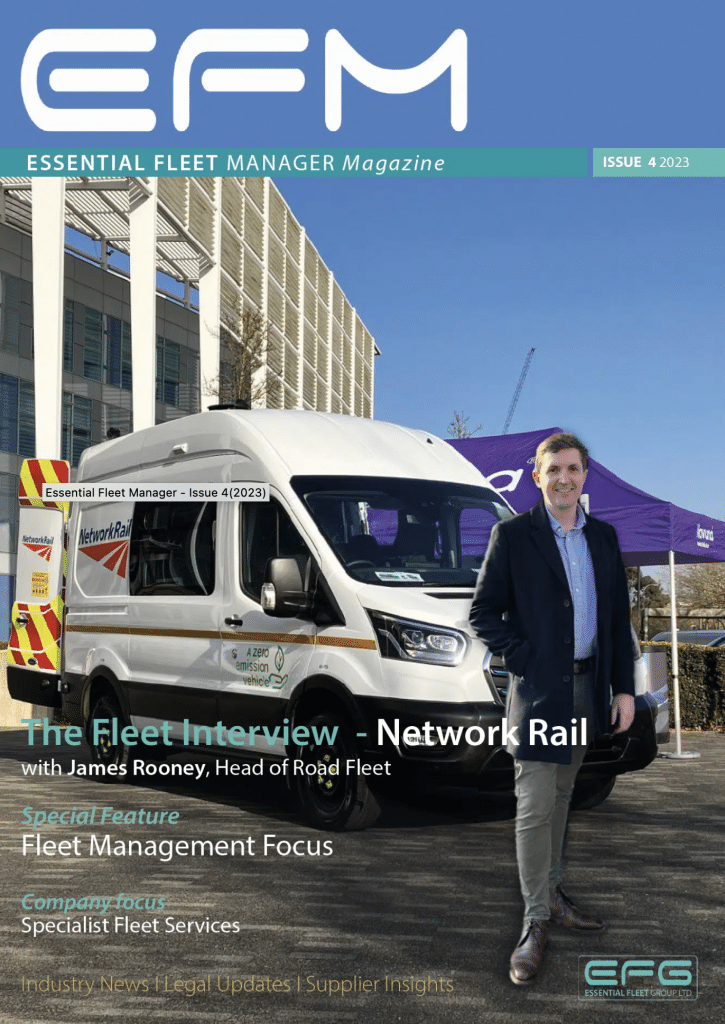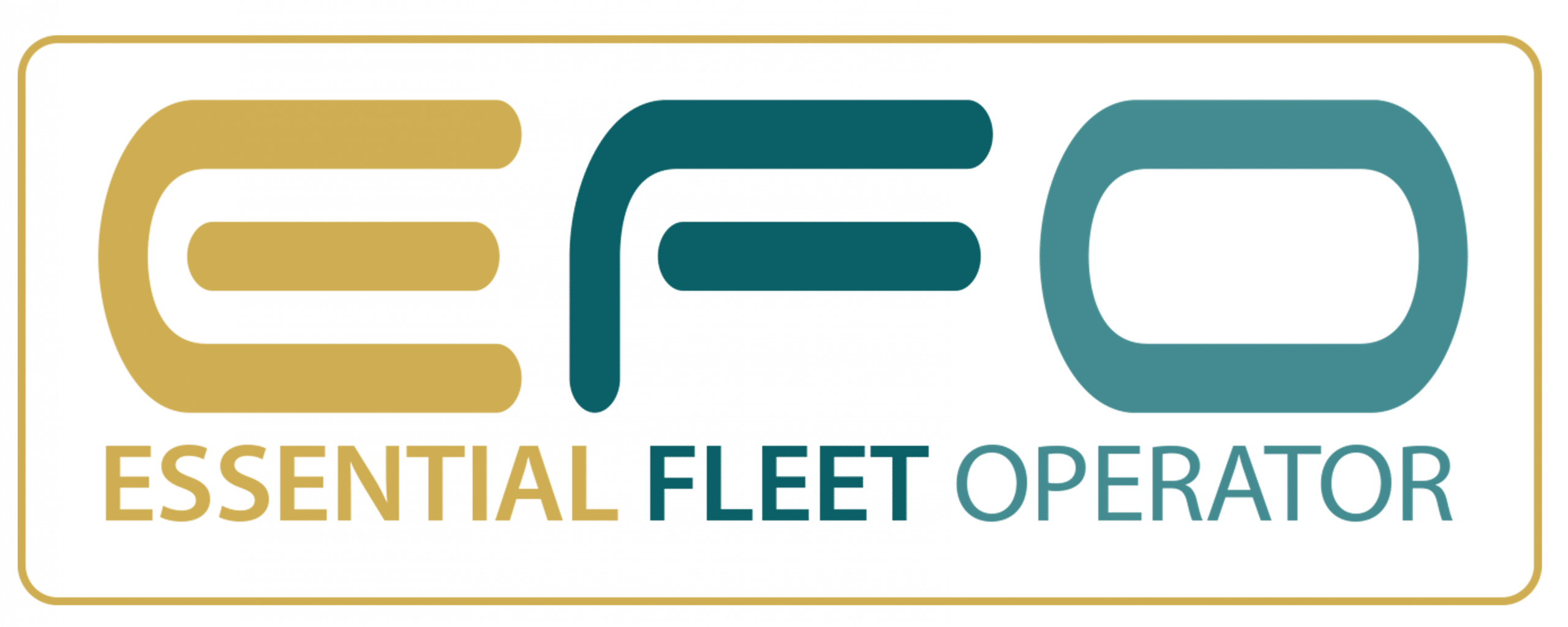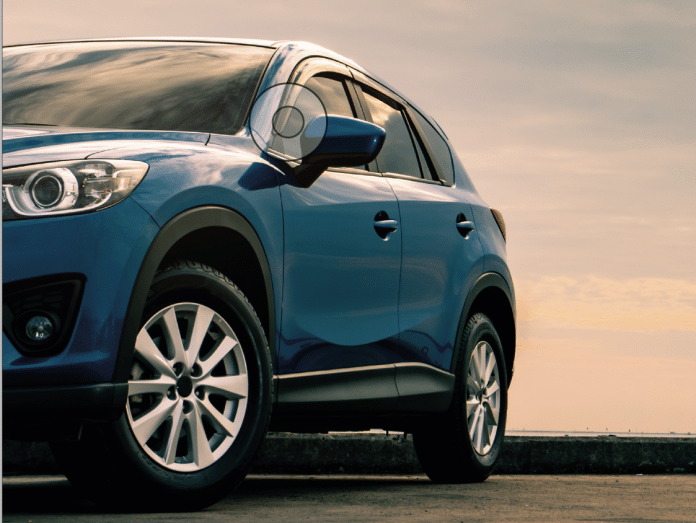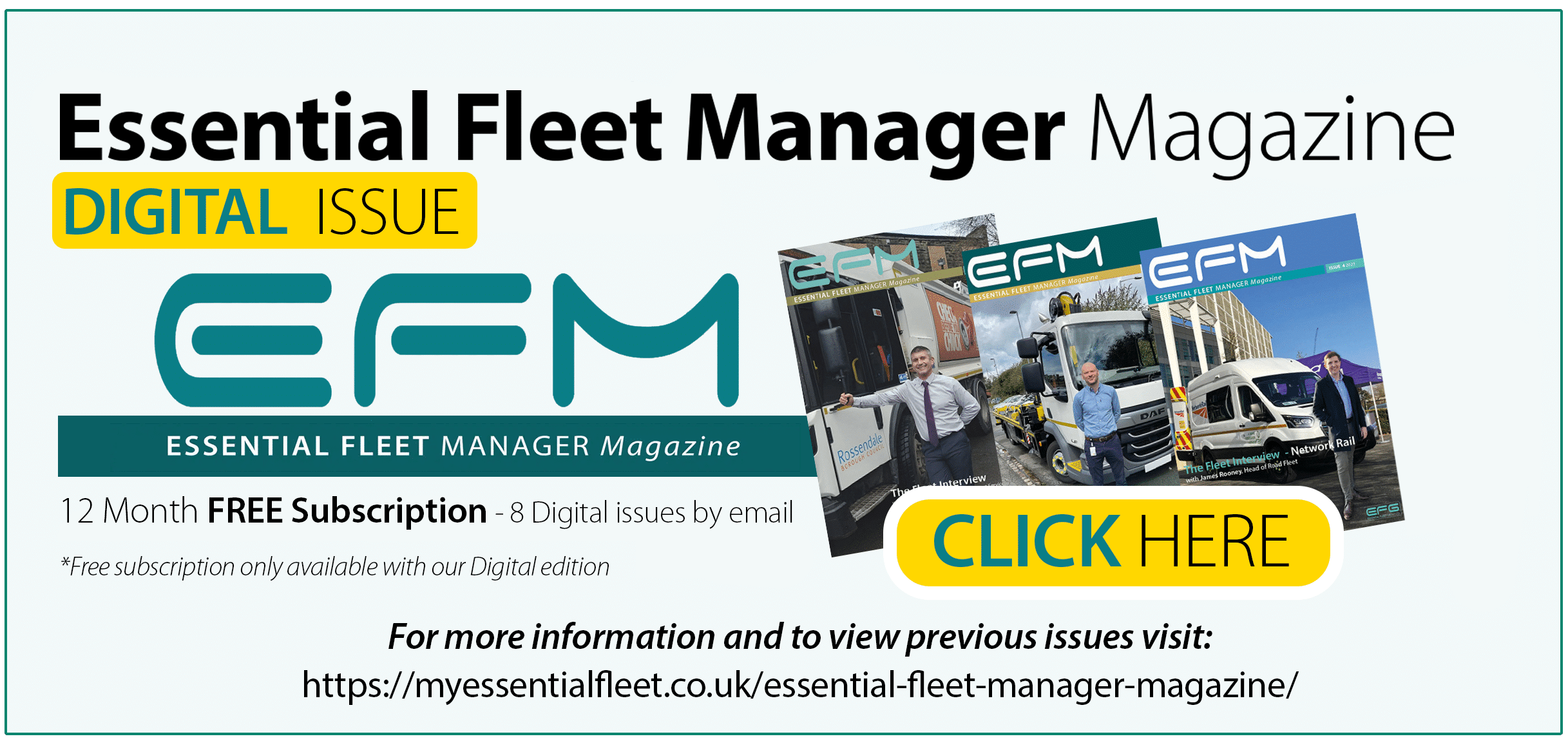Essential Fleet Manager recently spoke with Alison Argall, business development director at Tusker, part of Lloyds Banking Group to find out more about Vehicle Salary Sacrifice Schemes and how they can deliver a cost neutral benefit, contribute to better employee retention and incentivise the up-take of low emission vehicles within the fleet.
Q: All organisations know how hard it is to manage ‘grey fleet’ drivers – but how does adopting a vehicle Salary Sacrifice Scheme for employees help with this?
Grey fleets, or personal vehicles which are used by an employee for business purposes, can be very tricky to manage. But under a salary sacrifice scheme, all legal and duty of care requirements for the employer are met by the scheme.
An employer can be safe in the knowledge that its staff are driving a brand-new vehicle which is fully serviced, MOT tested, and insured for business travel – whether that’s to attend a conference or drop off a letter off at the post office. The scheme provider will conduct a full licence check, removing the administrative burden for an employer. The vehicles will also be kept fully maintained under a robust policy, so tyres are replaced and any repairs are covered should the vehicle break down.
Q: Could you explain further the tax implications for an employee from having a vehicle through a company vehicle Salary Sacrifice Scheme and does it differ from having a traditional company leased vehicle? For example, is a Salary Sacrifice car classed as a personal vehicle or a company vehicle?
A vehicle leased under a salary sacrifice scheme is a company car rather than a personal vehicle. However, an employee can use it just the same as if it was a personal car, to take their children to school or go on days out across the UK. Unlike in a company car scheme, the employee pays for the car and is legally responsible for it.
There are three ways a company usually provides colleagues with access to a vehicle – either as a company car, which the company own and pay for, and the employee just pays Benefit in Kind (BiK) tax on; a salary sacrifice scheme, where an employee will agree to a monthly reduction of their salary in exchange for a car; or as a cash allowance added to their salary, which the employee can use to lease or purchase a car that they will own. Usually only very senior staff or those who need a vehicle for their job are offered a company car.
Whether an employee has a company car or leases a vehicle through a salary sacrifice scheme, they will pay BiK on their salary. Lower emissions vehicles benefit from lower rates of BiK.
In a salary sacrifice scheme, the agreed amount for the car is taken direct from the employee’s salary before income tax and national insurance, meaning the employee pays less tax on their income. It means they will have a larger amount to spend on a vehicle than a colleague who receives a cash allowance and leases a vehicle privately, as the cash allowance will be subject to tax and National Insurance. A salary sacrifice scheme enables employees to save between 32% to 47% on the cost of a vehicle as a result.
Q: How does a company scheme such as a vehicle Salary Sacrifice Scheme help fleets to transition to ultra-low emission or zero emission vehicles? Are there any special schemes available?
Employees choose a salary sacrifice scheme for a number of reasons. They may already have a company car, but want to access a second vehicle for a family member. It may be a colleague who was previously taking a cash allowance to pay for their car, but who decides to switch to reap the tax saving. Or it may be an employee who wouldn’t usually be eligible for a company car or cash allowance and is using it as a more cost-effective way to access a vehicle. No matter the reason, colleagues will be able to make cost savings, and these savings are even more substantial if the vehicle is zero-emission.
People tend to vote with their wallet, so are increasingly opting for lower emissions vehicles on a salary sacrifice scheme, driving fleets to become greener. Across our fleet of cars leased under salary sacrifice, 85 per cent are ultra-low emission vehicles (ULEVs) and of those vehicles, 75 per cent are pure electric (EVs).
By keeping BiK rates on ULEVs low, the Government has helped to incentivise employees to choose these vehicles, helping reduce the emissions of fleets. Likewise, companies offering a salary sacrifice scheme can also benefit from a decrease in their Class 1 National Insurance contributions, and these savings are the greatest when it’s on a zero-emission vehicle. This has encouraged many employers to opt for an EV only scheme, or cap the emissions of the vehicles they offer under the scheme.
Q: How long do vehicle Salary Sacrifice agreements typically last for and what happens if an employee leaves the organisation, either voluntarily or if their employment is terminated?
A vehicle agreement under a salary sacrifice scheme typically lasts between three and four years. However, an employer can choose to place restrictions on this so that only certain agreement lengths are available to employees. It’s then down to the employee to choose which best suits their needs.
Most salary sacrifice schemes will include a level of early termination or lifestyle protection. Typically, resignation, redundancy and ill health are all included under these protections, but caveats or terms and conditions will vary dependent on the provider, so it’s always important to check exactly what is and isn’t included under any protection and when in the agreement term they will apply from.
Q: Are there any restrictions or minimum salary requirements for an employee to join a vehicle Salary Sacrifice Scheme?
To join a salary sacrifice scheme, a person must be in full-time employment within a business. HMRC also won’t allow anyone to take a car on via salary sacrifice that would result in them receiving a salary below the National Living Wage for the duration of an agreement. This means employees will need to be mindful of any other salary sacrifice arrangements they may have in place that might simultaneously be reducing their salary. Scheme providers are usually able to set their system to ensure that cars aren’t shown to employees who that don’t meet the affordability criteria, based on the information they’ve provided.
Q: Away from the benefits to the employee what are the full range of benefits for an employer if they adopt a vehicle Salary Scheme? For example are there any additional costs / risks for an organisation offering such a Scheme.
All costs for a vehicle leased under a salary sacrifice scheme should be met by the employee, meaning there shouldn’t be any additional costs to the employer, and the scheme should be free to set up.
As salary sacrifice schemes incentivise employees to choose an ULEV, they can help employers reduce the emissions of their fleet, bringing reputational benefits, cost savings on fuelling its vehicles, and enabling businesses to meet carbon reduction targets. An employer can save on National Insurance contributions when an ultra-low emissions car is ordered, and public sector organisations can also make savings on pensions.
Salary sacrifice schemes help remove the risks, cost, administrative burden and inconvenience of managing a grey fleet.
Offering a salary sacrifice scheme can also help attract and retain talent. It enables employees to access a more premium or electric vehicle which may have been out of their price range otherwise, expanding the number of employees who can access a car via their employer. It’s a tangible and relevant benefit, which helps reassure colleagues that they are getting the best deal from their current employer.
A salary sacrifice scheme also helps promote colleagues’ mental and financial wellbeing. It’s a fixed cost that comes out of an employee’s salary each month before they receive it, with all maintenance included, removing the fear of unexpected costs.
Key risks to be aware of are around early terminations, and what is offered will vary by provider. It’s important to ensure this risk is either completely removed or kept to an absolute minimum when negotiating an agreement with a provider.
The above article was published in Issue 5 of Essential Fleet Manager – read it here





